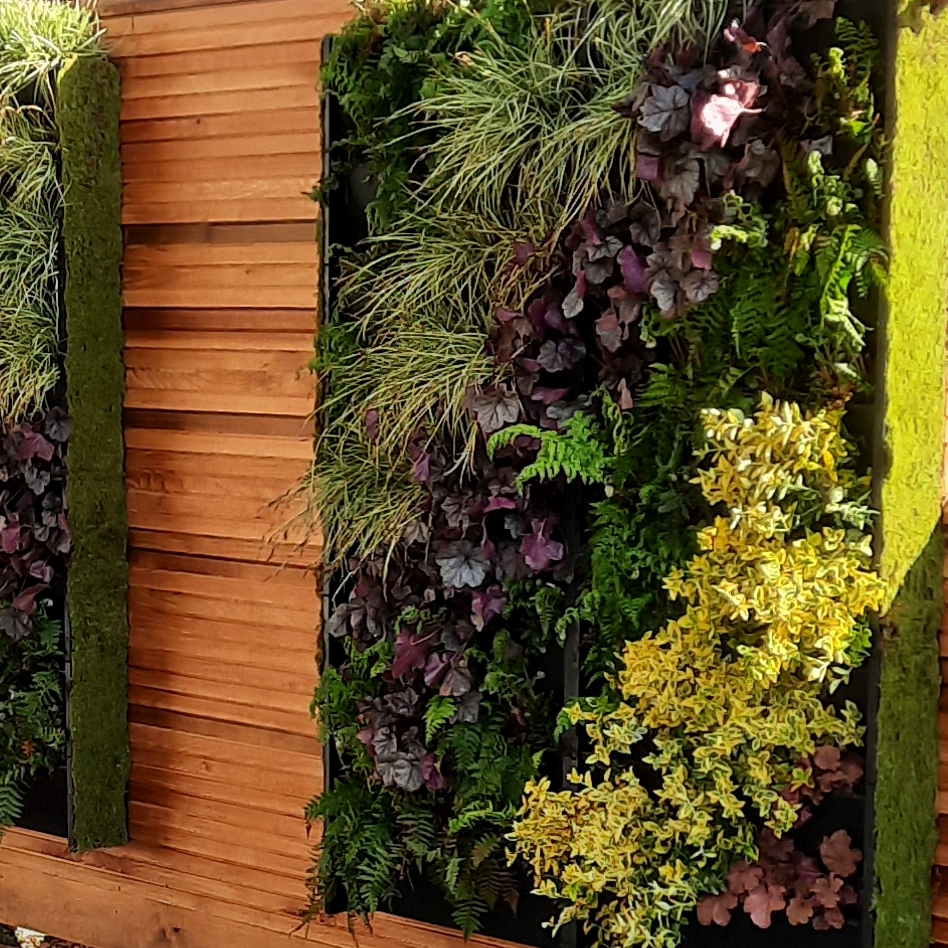
09 Jul Green Education with a Living Wall
Helping children and young people to engage with the natural world is more vital today than it has ever been. The government’s strategy for green education involves teaching even the youngest children about the importance of nature and how people connect with it. The idea is that young people need to understand, even in simple terms, how looking after nature benefits us all. And we think that a great way to introduce these ideas is by having plants in schools. Beginning green education with a living wall inside or outside the building helps children in all sorts of ways.
You may know that in 2022 the government produced a policy paper with a strategy for educating young people about climate change and green issues. The paper states that directly involving children in measuring and improving biodiversity in their nursery, school, college or university helps to reinforce their connection with nature. In the end, the aim is to create a better environment for future generations: enhancing biodiversity, improving air quality and increasing access to, and connection with, nature in and around education and care settings. But this doesn’t have to be some far-off future goal – it can be started now, with a living wall.
How can a living wall benefit a school?
There are so many ways to begin or start green education with a living wall. It provides opportunities for teaching about ecosystems, the carbon cycle etc. Children can plant salad, or strawberries, and learn about how things grow. There are multiple studies that show how plants improve mental and physical wellbeing. This means staff and students experience health benefits simply by having a living wall in the vicinity. The presence of a green wall also increases biodiversity, attracting bees, butterflies, birds and other wildlife, creating further learning opportunities. It also removes carbon from the air during photosynthesis, decreasing the carbon footprint of a building. Three square metres of living wall removes more carbon than a whole tree! And it’s not just carbon. Plant walls improve air quality whether they’re indoors or outside. They filter out many of the toxic particles present in modern interiors, and combat pollution from traffic or industry. Even the troughs we use are sustainable, made from 100% recycled British plastic. There is no downside to having a green wall!
But what about the hassle involved in the maintenance? Rosewood living walls come fully irrigated, so there is no day to day care involved. We also offer regular maintenance, checking your wall several times a year. Routine checks involve making sure that structural elements are in good condition, and also trimming or replacing plants as necessary. You won’t need to worry about a thing!
If you’re interested in having a vertical garden at your local school, youth centre or college, give Rosewood a call, or click through to our Contact Form and send us a message. We can answer any questions you may have and advise you about what’s possible at your location. Our office staff are available Monday to Friday 9 to 5, waiting to hear from you!

